MercoPress. South Atlantic News Agency
Economy
-
Monday, February 21st 2022 - 09:21 UTC
IMF's Kristalina Georgieva: “We must fight inflation without impairing the recovery”
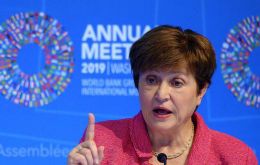
International Monetary Fund Managing Director Kristalina Georgieva made the following statement at the virtual meeting of the G20 Finance Ministers and Central Bank Governors:
-
Saturday, February 19th 2022 - 10:06 UTC
IMF says draft of deal with Argentina almost ready
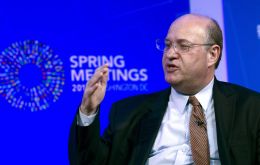
A high-ranking International Monetary Fund (IMF) official Friday announced a full deal with Argentina “is very close,” as the Government of President Alberto Fernández hopes it will be next week, so that it can be put up for Congressional approval at the start of the new Legislature, March 1.
-
Saturday, February 19th 2022 - 09:22 UTC
WTO Fisheries to end subsidies committee: Agreement to finalize negotiations as soon as possible

The World Trade Organization committee to eliminate subsidies for illegal, unreported and unregulated fishing and banning certain forms of fisheries subsidies to impede overcapacity and overfishing, have agreed to continue working and conclude negotiations as soon as possible,
-
Saturday, February 19th 2022 - 09:19 UTC
Ahead of another major blunder, an Argentine haircut for the IMF
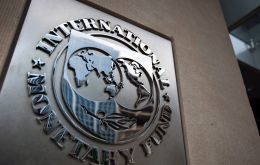
By Willem H. Buitter – By approving an unprecedentedly large loan to Argentina in mid-2018, despite the country's failure to meet basic borrowing conditions, the International Monetary Fund committed a major blunder. Rather than compounding the mistake with another similar program, it should accept reality – and responsibility.
-
Saturday, February 19th 2022 - 09:16 UTC
Strong jump in global 2021 trade of goods and services ,to pre-Covid-19 level, UNCTAD report
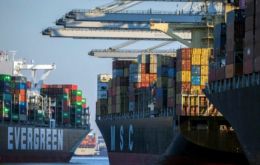
The United Nations Conference on Trade and Development UNCTAD has published the Global Trade Update report, which shows that in 2021, world trade in goods remained strong and trade in services finally returned to its pre-COVID-19 levels.
-
Saturday, February 19th 2022 - 08:14 UTC
US top leader in revenue from beef exports; Brazil leads in volume

United States keeps breaking records and slowly taking the global beef exports leadership, at least in terms of revenue according to the latest figures from the US Department of Agriculture, USDA. A situation which is having its impact on Brazil, a longtime top of the list in beef exports.
-
Saturday, February 19th 2022 - 08:03 UTC
Audis, Porches and Lamborghinis adrift in the north Atlantic
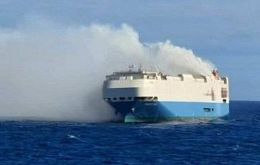
Some four thousand brand new models of Audis, Porches, and Lamborghinis are adrift in the North Atlantic, close to the Azores islands when the freighter carrying them caught fire and the crew had to be rescued.
-
Friday, February 18th 2022 - 21:32 UTC
Eduardo Bolsonaro says Milei's role should be reassessed

Brazilian Deputy Eduardo Bolsonaro, son of President Jair Bolsonaro, Thursday praised his Argentine colleague Javier Milei, whom he found way different from former President Mauricio Macri, it was reported.
-
Friday, February 18th 2022 - 20:29 UTC
Uruguayan President promised new investments by Argentine group
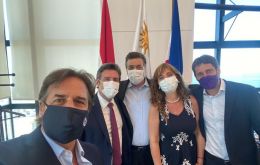
Uruguayan President Luis Lacalle Pou met this week with representatives from the Argentine Grupo Werthein to discuss further developments and investments in the country, it was reported.
-
Friday, February 18th 2022 - 10:25 UTC
Argentina’s Central Bank raises interest rates amid growing inflation
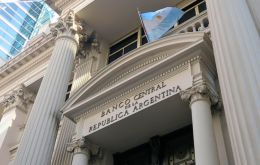
Argentina’s Central Bank (BCRA) Thursday increased interest rates to 42.5%, it was announced. The measure is consistent with recent talks between the Government of President Alberto Fernández and the International Monetary Fund (IMF).
